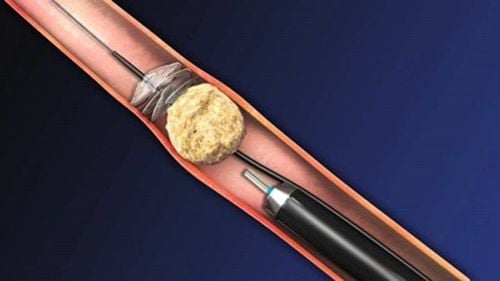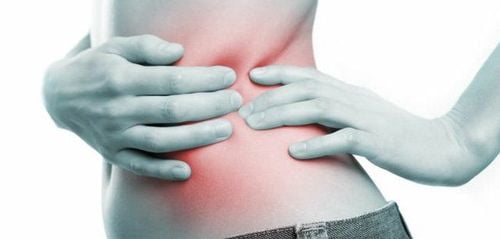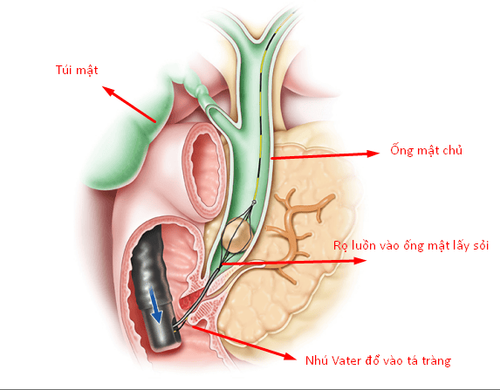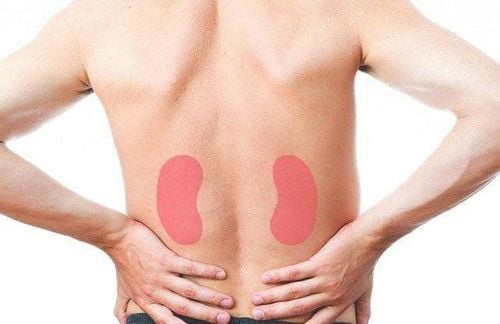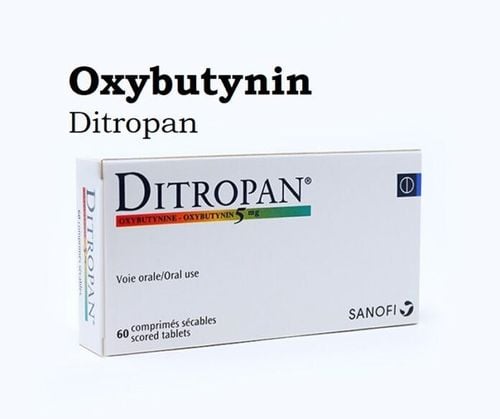This is an automatically translated article.
The article was professionally consulted by a Doctor Urologist - Department of General Surgery and Anesthesia, Vinmec Hai Phong International General Hospital.
Extracorporeal lithotripsy is a common treatment for urinary stones in medical facilities. However, patients should be fully consulted about this method to consider when choosing a procedure to treat urinary stones.
1. What are urinary stones?
Urinary stones are the most common pathology and are more common in men than in women. According to the summary of the Vietnam Association of Urology - Nephrology, the rate of urinary stones accounts for 30-40% of patients with urinary diseases. Urinary stones are very diverse, including kidney stones, ureteral stones, bladder stones and some cases including urethral stones, in which, kidney and ureter stones account for about 70% of cases.
2. What is extracorporeal lithotripsy?
Extracorporeal lithotripsy is a method of using focused shock waves on the stone to break up the stone structure. When lithotripsy, the patient did not suffer any other intervention in the body. Over a period of 7-15 days, the stone fragments will pass through the ureter, down the bladder, and out through the urinary tract. The main principle is to use shock waves from outside the body to focus on a focal point with a high pressure to break or crumble stones into small dust, then excrete out.
3. The process of performing extracorporeal lithotripsy
The patient lies on the lithotripsy machine, the doctor conducts pre-anesthesia to relieve pain. The dorsal part corresponding to the position of the gravel is placed in contact with the shadow of the shock wave source. With the positioning of the X-ray, the doctor directs the shock wave to precisely focus on the stone and pulse it to disperse the stone. On average, each treatment course usually uses no more than 3,000 shock wave pulses to ensure maximum safety for the renal parenchyma but at the same time to disperse the stones. In the process of dispersing, the stone is always moving with the breathing rhythm, so if you cannot keep breathing deeply and evenly, the number of times the shock wave does not hit the stone will increase, leading to a decrease in the stone breaking efficiency. The efficiency of the lithotripsy depends on the power of the machine and the solidity of the stone. In general, the doctor uses low or high lithotripsy capacity depending on the solidity of the stone based on the stone hardness parameter on X-ray or the evolution of the stone fragmentation during the dissolution process. In addition, the efficiency of lithotripsy also depends on the location of the stone: calyx, renal pelvis stones are often more easily broken than ureteral stones. The distance from the skin to the stone (fatty or thin patients) is also a factor affecting the stone breaking efficiency.
After lithotripsy, the patient may have mild back pain and transient hematuria, usually without the need for medication. Patients need to drink about 2-3 liters of water per day to help the process of passing stones through the urine. The evaluation of the lithotripsy efficiency is only really clear through the check-up film after 1 month. If you have a fever or kidney pain or other unusual symptoms, you should see a urologist immediately.
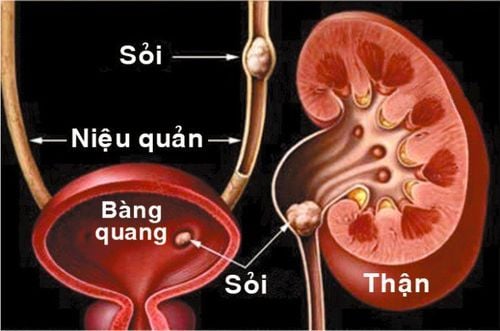
4. Extracorporeal lithotripsy at Vinmec International General Hospital
Treating urolithiasis by extracorporeal lithotripsy at Vinmec International Hospital, patients will be completely assured with a team of experienced and highly qualified doctors with an imaging system, an imaging system, and an imaging system. Modern flexible endoscopic system helps bring the best results to limit complications during and after surgery.
According to BSCKI Le Si Trung (specialist in urology, Vinmec Times City General Hospital), deciding to choose the best treatment method for kidney and ureter stones is not simply based on the patient's stone condition, but also depends on the technique performed by the Doctor and the equipment and machinery at the Hospital. At the same time, for definitive treatment, early detection and proper treatment will help bring good and comprehensive results.
Vinmec International General Hospital is equipped with modern civilized disease prevention system, comprehensive care, meals, rest, exercise, health education, each room is equipped with amenities. Like a 5-star hotel apartment, patient information is confidential.
Customers who have surgery at the Department of Surgery, Vinmec Hai Phong Hospital enjoy outstanding benefits including:
Short hospital stay, minimizing the cost of stay, and reducing the risk of hospital infections. With cases of lithotripsy, inguinal hernia, customers can always go to work 1 day after discharge from the hospital. Limit the use of antibiotics, reduce the risk of side effects, save costs, patients do not have to worry and fear when administering antibiotics and monitoring after taking the drug. The recovery rate reached 90%, re-hospitalization 0%, postoperative infection 0%. The Early Post-Surgery Care Program provides comprehensive care to patients before, during and after surgery, helping to reduce hospital stay, improve treatment quality and reduce costs; reduce the rate of complications. ERAS has been shown to shorten the average length of stay from 8-10 days to 3-4 days. Insurance : Vinmec signed with many large private insurance partners. When customers are hospitalized, they are guaranteed and compensated at the hospital. Save a lot of customer's time and effort. Other advantages : Modern equipment; Service quality according to international standards; Highly qualified doctor; Patients do not need relatives to take care of them because they are cared for by a dedicated and attentive nursing doctor...
Please dial HOTLINE for more information or register for an appointment HERE. Download MyVinmec app to make appointments faster and to manage your bookings easily.




